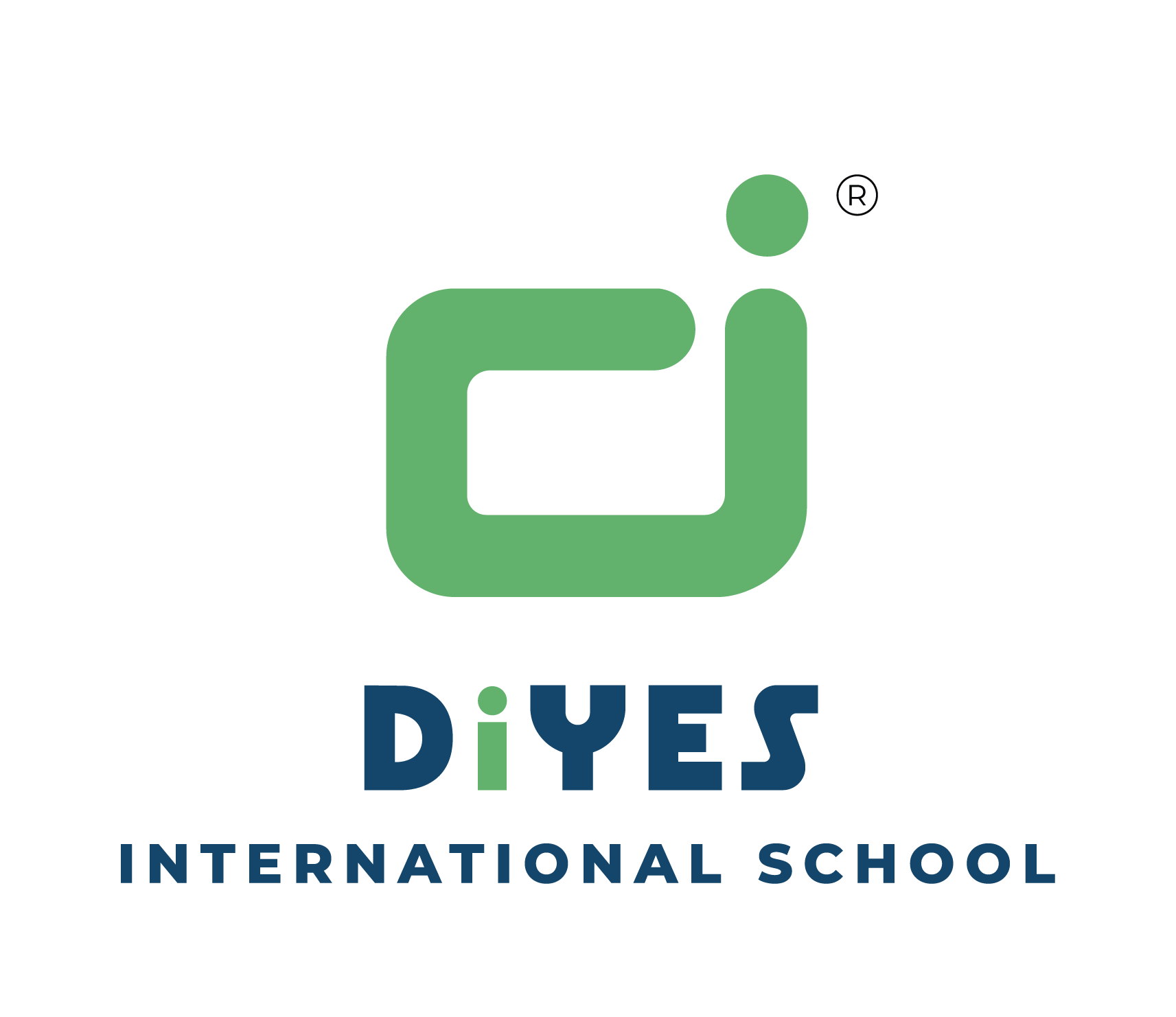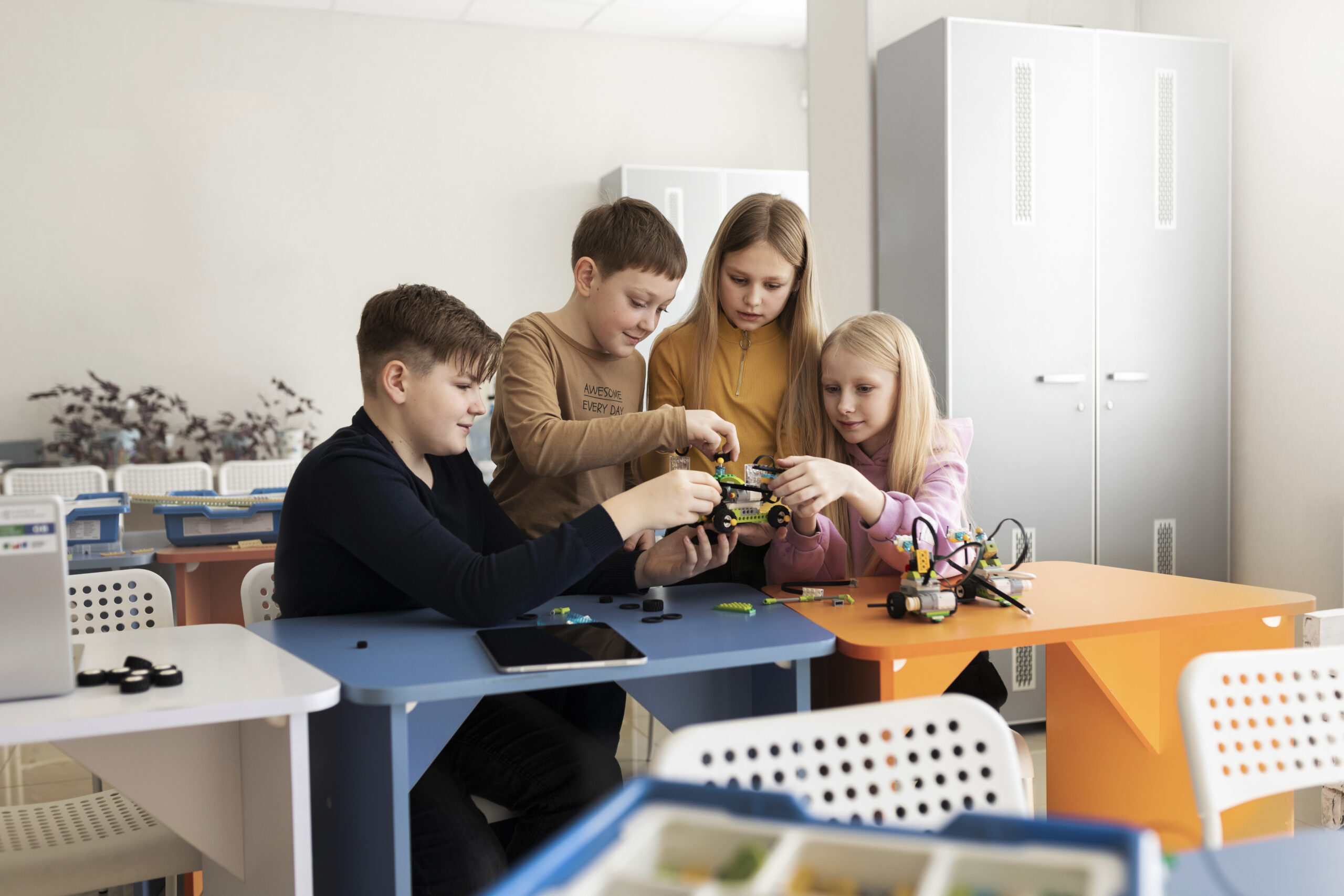Throughout the educational landscape, an increasingly shared awareness has developed that what and how we teach can have a dramatic impact on what is learned. That is particularly the case in STEM (Science, Technology, Engineering, and Math) classrooms where complex problem-solving, conceptual understanding, and creativity are very important to student performance. A strong system of collective teaching (team teaching) is also one of the most valuable strategies to change the performance of the students in such environments. It allows accessing skills, experience, worldviews and interpersonal relationships of several pedagogues and promotes a more proficient, interactive and engaging learning process.
Collaborative instruction: what is it?
Collaborative teaching is when two or more teachers plan, deliver and evaluate instruction simultaneously in one classroom. This approach of team-teaching abandons the old-fashioned picture of a lone teacher lecturing a collection of inactive learners. Rather than this, the notion of team teaching stresses communication and division of responsibilities and shared pedagogical approach. This enables the creation of a more flexible classroom with students being aided through different viewpoints and learning methods whereby at the end they end up having a better understanding and remembering the difficult contents in sciences, technology, engineering and mathematics.
Collaborative Instruction’s Cognitive Benefits
Among the greatest benefits of collaborative instructions, there is the fact that it helps the students to improve their cognitive processing and develops their higher-order thinking skills. Studies have revealed that, in cases where team teaching is carried out in an effective manner, there has been an improved performance of students at higher levels of knowledge acquisition and the ability to hold on to that knowledge over considerably long periods.
Differentiated Support: With collaborative teams it is possible to offer different interpretations, and extra practice and explanations in order to help make sense. In case one of these concepts does not go through to a group of students, a co teacher will be able to intervene and offer a different solution or an example boosting their knowledge.
Scaffolded Thinking: Team teaching also enables the instructional strategies to be layered in that we can have the two teachers follow up a conceptual explanation by one teacher with a demonstration by another and finally with a group activity. This multimodal provision appeals to various learning styles and makes students build their own knowledge more successfully.
Higher-Order Thinking: A collaborative instruction enables teachers to set up tricky problems and direct students through exploration, pondering, and applying the concepts to get some depth and texture to the learning experience. Such an enriched pedagogy enhances critical passive and active thinking, creativity, or the capability to relate mathematical or scientific principles to real life situations.
Using the Collaborative Teaching Model
Imagine a high school biology classroom in which a biology and a math teacher combine efforts to deliver a unit that explains population growth. In the population growth, the biology teacher is concerned with the science and processes involved whereas the mathematics teacher introduces mathematical modeling, graphs and statistical analysis to the new equation.
The combination of them helps the students perceive the way the population grows both in scientific and mathematical ways, increasing their knowledge and, consequently, mastering the opportunity to transfer achievements of one field of knowledge to another. This formation of partnership will enable the students to witness the interconnectedness of knowledge, as they will have to do in their careers ahead in the field of science, technology, etc.
Results for Students and Collaborative Teaching
Increased Academic Performance: The cooperation with instructions can enable all the students and, in particular, those who might be not so able to maintain their level, to perform more successfully. This is because when it comes to team teaching, it brings in new resources, explanations, and views to the classroom, shutting down the gaps in knowledge and further reinforcing the existing knowledge.
Increased Participation and Interest: Classrooms teams encourage broader participation and learners become more engaged and interested. When there are two teachers sharing a team, a shared enthusiasm, interest and knowledge are contagious- they excite the students.
Increase of Equity and Access: Joint team teaching will improve the issue of inequality in education by providing more support to the poorly performing students or the students with special needs. The team will be able to make instruction differentiated, to offer extra explanations or to create accommodation that will allow all students to succeed.
Acquisition of the Collaborative Skill: It is important to note that team teaching will equip students with a working environment that requires them to collaborate. Engineers, mathematicians and scientists often work together in their individual projects. Giving such an experience to the students can enable them to value the strength of group thinking and make them ready to play their proper roles in the future work field.
Putting Collaborative Learning into Practice in Your Classroom
Mutual Planning: The team members must set their objectives, norms, and teaching guidelines long ahead. This avoids redundancy and confusion and helps in the creation of coherent learning processes by the students.
Identified Roles: Every teacher must understand his or her roles and bring their specific strengths to benefit and not to outdo their fellow.
Constant communication: The team members engaging in collaboration are supposed to instill a culture of reflection and adaptability and should meet regularly to celebrate success, solve problems and make decisions collectively.
Support and Professional Development: Administrators ought to offer training and other resources to help team members need to develop skills of working together and create a team-oriented climate throughout the whole school.
Conclusion
Collaborative teaching is one of the strong possibilities to change the results of students in the STEM classes. With team teaching, teachers will allow a deeper comprehension, higher order thinking ability, increase motivation, equity and be able to give their students a chance in future pairings, both professionally and in civil society. Its possibilities are supported by the increasing body of educational research. Team teaching is not only an aid, it is a revolution in the education process.


